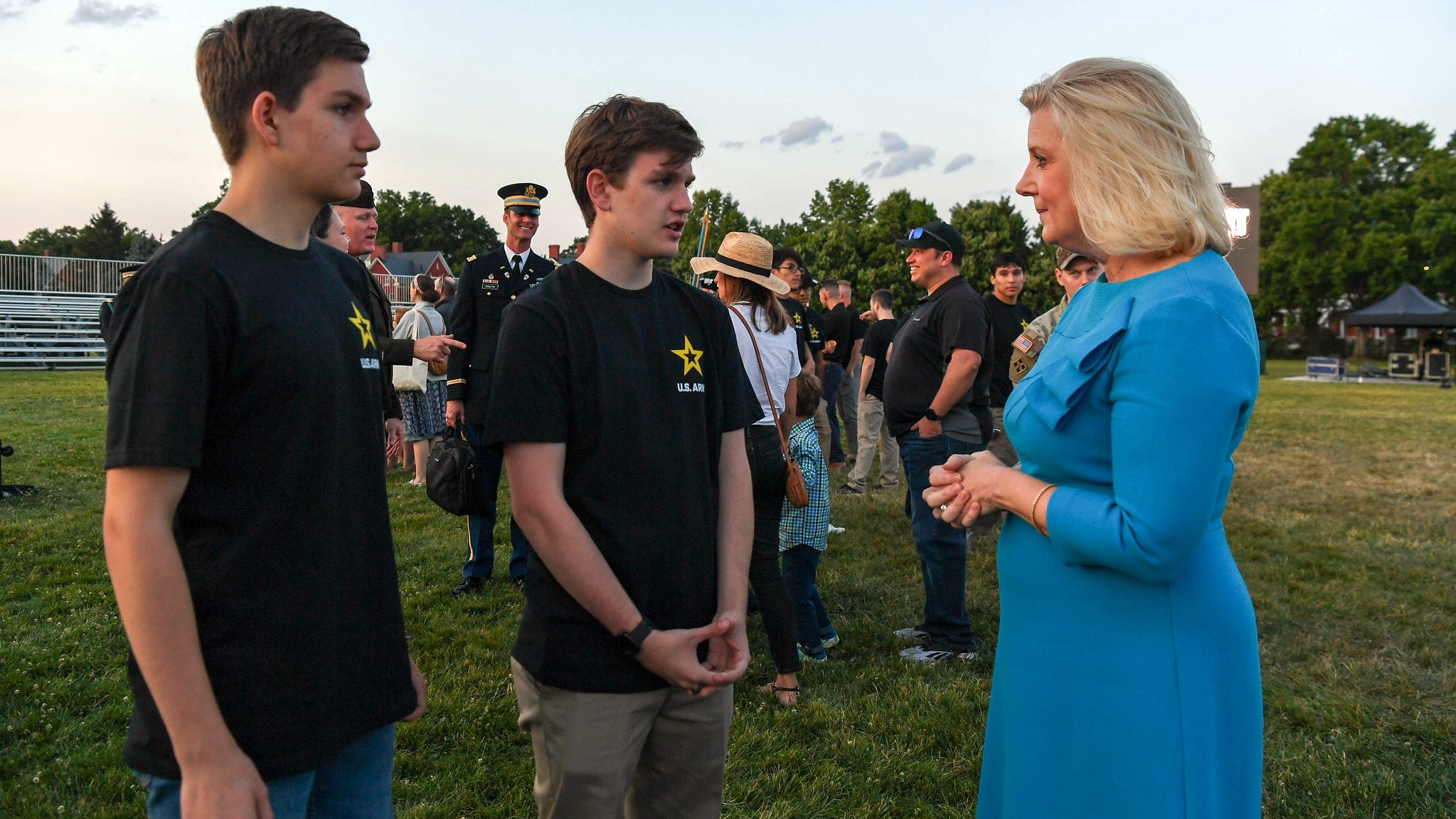Wormuth Predicts Better Recruiting
Wormuth Predicts Better Recruiting

The Army expects to miss its recruiting goal for the second year in a row, but Army Secretary Christine Wormuth said the service is making headway in its struggle to attract talented young people into the force.
For fiscal 2023, which ends Sept. 30, the Army set what Wormuth describes as a “stretch goal” of recruiting 65,000 new soldiers. “We’re not going to make that goal,” she said July 20 during the Aspen Institute’s annual Aspen Security Forum. “But the good news is we are going to recruit more young Americans into the Army than we did last year.”
Last year, the Army missed its goal of 60,000 new soldiers by about 15,000. Wormuth said she expects the Army will do “considerably better than the 45,000 we recruited last year.”
But there is still a lot of work to do, Wormuth said. “I think it’s going to take a few years” for the Army to get out of this recruiting challenge, she said.
The Army also must look at ways to “fundamentally transform” how it recruits, Wormuth said. As an example, almost 70% of young people graduating from high school today are going to college, a big change from before, she said.
After focusing heavily on high schools, the Army must diversify its recruiting methods, she said. It might look to get onto college campuses or into county employment offices, she said. It also should look to employment websites like Glassdoor, LinkedIn and Monster, she said.
Another factor to consider is whether the Army should professionalize its recruiting force, Wormuth said. “Most of our recruiters are NCOs who do other things most of the time, and then they come and recruit for a couple of years and they go back into the operational force,” she said. “If you look at Fortune 500 companies, their recruiters are specialized, that’s what they do.”
The Army also is working hard to reintroduce itself to the American public, Wormuth said. One big way is through its revived “Be All You Can Be” recruiting campaign. The service also is sending soldiers out into communities to participate in local events, sporting events and more, she said. “That is all helping us in terms of making ourselves more visible,” she said.
As the Army works through the recruiting challenge, it is studying some changes to its force structure. The changes are necessary to make room for new capabilities and weapons systems, which are being developed as part of the Army’s transformation for 2030 and beyond, as well as the smaller sized force, Wormuth said.
“I would much rather see us be leaner and meaner than to keep force structure that I can’t fully man,” she said. “That gets us into the kind of hollow force dynamic that we saw decades and decades ago, and my judgment is that is not what’s best for the Army.”
While Wormuth acknowledges that it will take a while for the Army to build up its recruiting, it’s “really important” that it does so successfully. “The Army does an incredible amount of work all around the world to defend this nation,” she said. “We are as busy today, almost, as we were during the years of the global war on terror. We can’t afford to get too small.”

